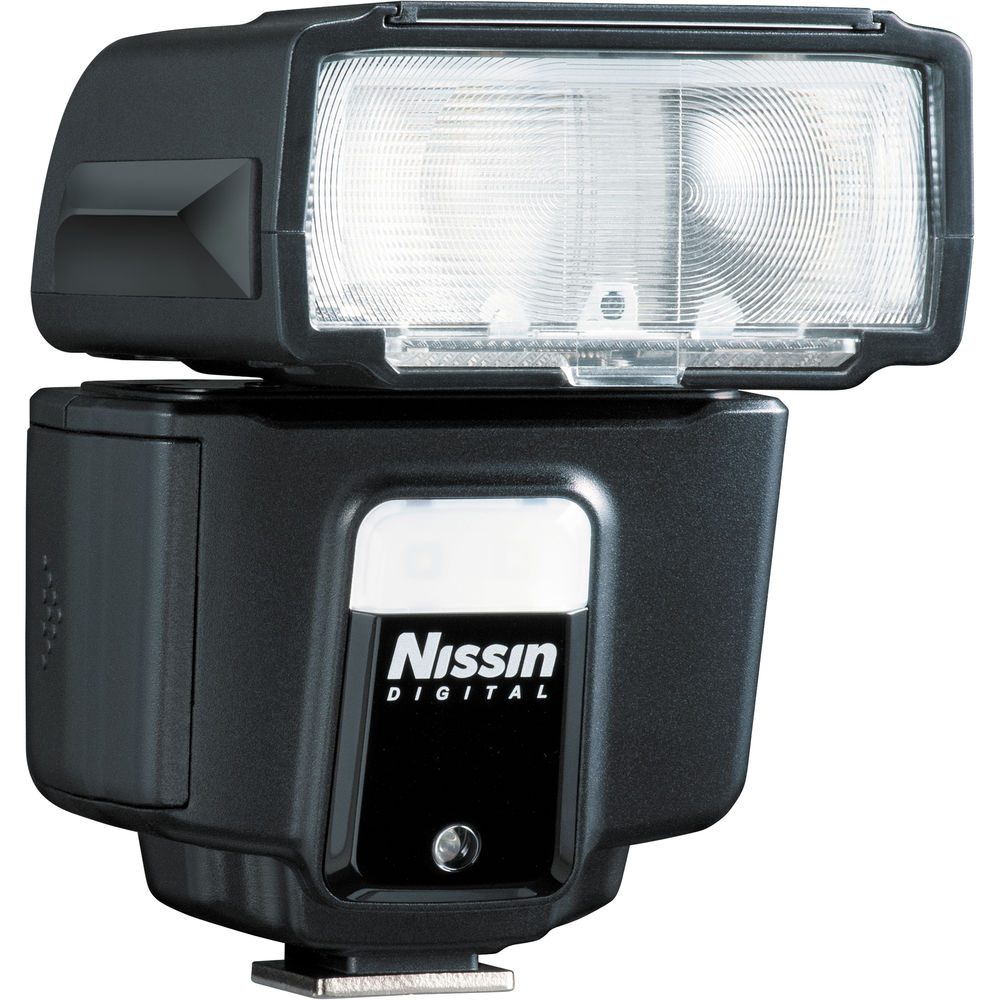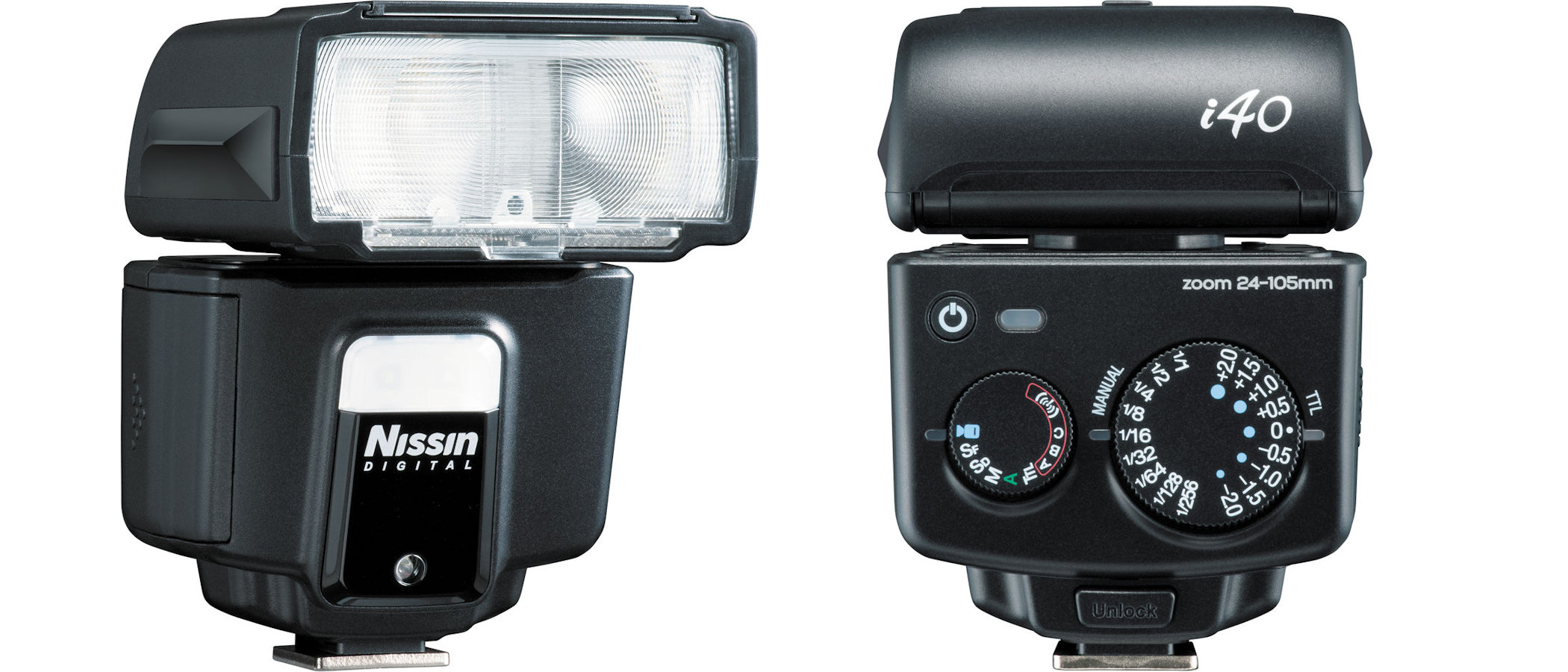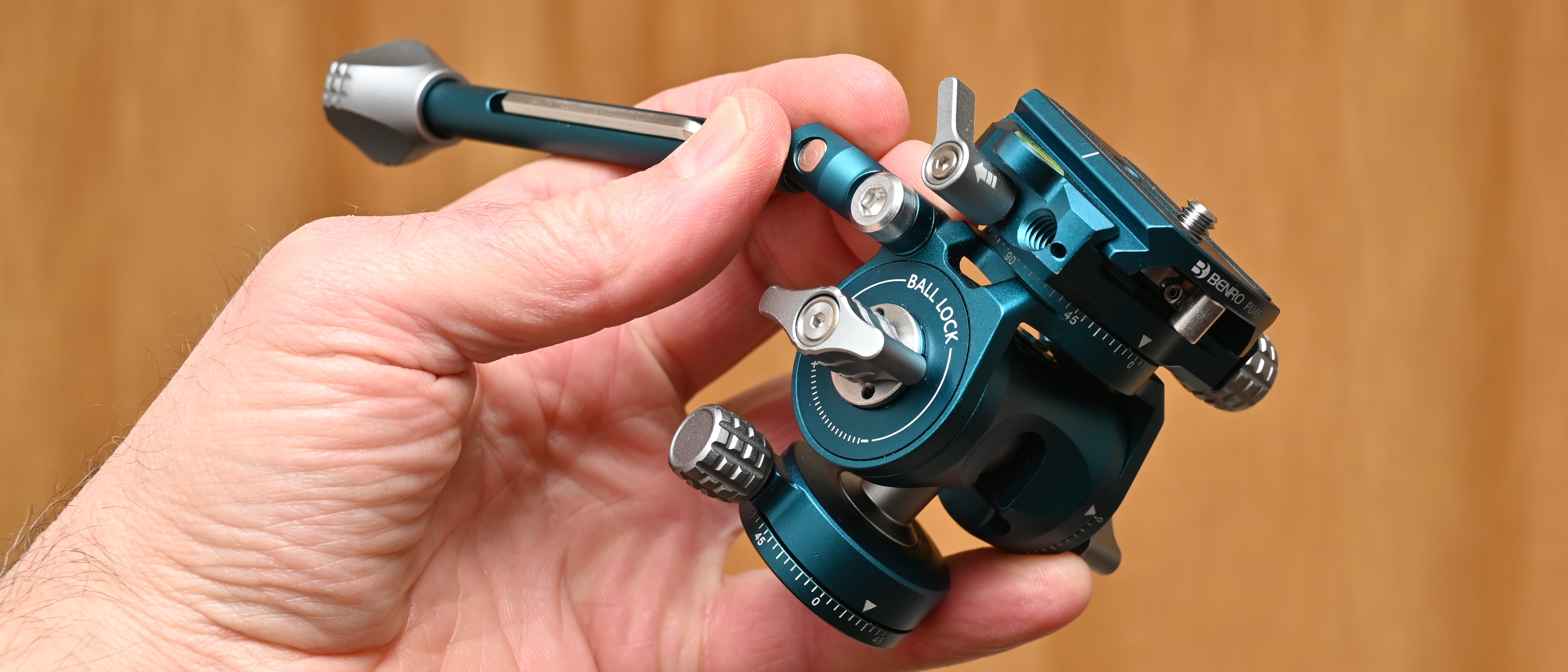Digital Camera World Verdict
Small, lightweight flashguns are typically short on features and have rather modest maximum power ratings. The Nissin i40 is a notable exception, with a full-power output that puts many bigger flashguns in the shade, and a host of features that include a bounce and swivel head, motorized zoom facility and even a secondary LED light for short-range stills and video capture, all at a very affordable purchase price.
Pros
- +
Compact and lightweight
- +
Plentiful dedication options
- +
Secondary LED light
Cons
- -
No rear display screen
- -
Audible recycling
- -
Slow recycling after full-power flash
Why you can trust Digital Camera World
The Nissin i40 bucks a trend. You’re usually forced down one of two paths when choosing a flashgun. You can either go for a pocket-sized flash that’s convenient but lacks any real power, or you can get a full-sized flashgun with sufficient output for bounce and tilt operation. Available in Canon, Nikon, Sony, Fujifilm, MFT dedicated versions, the Nissin i40 aims to give you the best of both worlds.
Specifications
Dedication: Canon, Nikon, Sony, Fujifilm, Micro Four Thirds (Olympus/Panasonic)
Gn, ISO 100, max zoom (m / ft): Gn 40 / 131
Bounce range: 0 to 90 degrees
Swivel, left / right: 180 / 180 degrees
Zoom Range: 24-105mm
Manual Power Settings: 1/1 to 1/256
AF-assist beam: Red lamp
Wireless: Optical slave
Additional Flash Modes: HSS, RC, SS
Dimensions (W x H x D): 61 x 85 x 85 mm
Weight (excl batteries): 203g
Key features
Despite being disarmingly small and lightweight, the Nissin i40 packs plenty of punch with a Gn 40 (meters, ISO 100) rated maximum output, easing ahead of many full-sized flashguns. Even more remarkably, its diminutive head packs in a 24-105mm motorized zoom, full 180-degree swivel in both directions and 0-90-degree tilt, plus a wide-angle diffuser, reflector card and clip-on diffusion dome. Nissin has also managed to shoehorn a constant video LED lamp into the lower section of the flashgun, with nine available power settings.

There’s no info screen around the back but the two dials for selecting flash mode and adjusting flash exposure compensation or manual power settings make for easy and intuitive on-board control. There are two optical slave options for triggering from other flashguns with or without pre-flash pulses, as well as a wireless slave mode with easy selection of Group A, B or C. However, the i40 has no wireless commander/master option.
Performance
In our tests using the Canon- and Nikon-dedicated versions, TTL flash metering accuracy proved consistently good under wide-ranging lighting conditions. It lives up to its promise of Gn 40 rated maximum output at its maximum zoom setting of 105mm, and delivers anything from 220 to 1700 flashes from a regular set of four Ni-MH batteries, depending on power output settings. The LED has a running time of around 3.5 hours.

Regular, high-speed, slow and rear-curtain sync options are supported and manual power settings range from full power right down to just 1/125th. The only real downside in terms of performance is that recycling takes a lengthy 4.3 seconds after a full-power flash. Another niggle is that, unlike the vast majority of current flashguns, the i40 lacks silent recycling circuitry, instead emitting a clearly audible whining sound.
Verdict
Small, lightweight flashguns are typically short on features and have rather modest maximum power ratings. The Nissin i40 is a notable exception, with a full-power output that puts many bigger flashguns in the shade, and a host of features that include a bounce and swivel head, motorized zoom facility and even a secondary LED light for short-range stills and video capture, all at a very affordable purchase price.
Read more:
• Best camera lenses to get
• Best Canon lenses
• Best Nikon lenses
• Best Sony lenses
Matthew Richards is a photographer and journalist who has spent years using and reviewing all manner of photo gear. He is Digital Camera World's principal lens reviewer – and has tested more primes and zooms than most people have had hot dinners!
His expertise with equipment doesn’t end there, though. He is also an encyclopedia when it comes to all manner of cameras, camera holsters and bags, flashguns, tripods and heads, printers, papers and inks, and just about anything imaging-related.
In an earlier life he was a broadcast engineer at the BBC, as well as a former editor of PC Guide.


